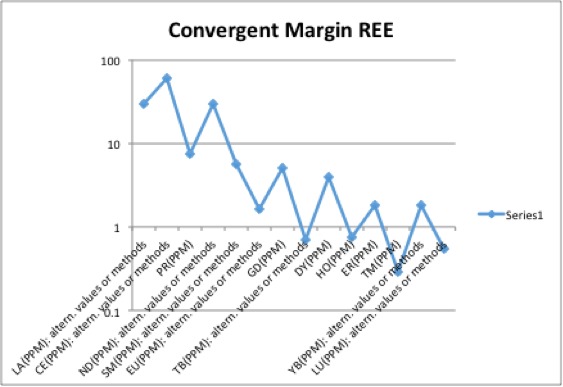Andean Arc Geochemistry
Item
-
Title
-
Andean Arc Geochemistry
-
Description
-
Island arcs like the Andean Arc are usually formed from of calc-alkaline magma. This means that the magma is richer in incompatible elements than typical MORBs. The wealth in incompatibles can be attributed to the fact that the subducting slab releases incompatible elements back into the mantle underneath the arc. These incompatibles are then brought to the surface in the melt. The REE (Rare Earth Element) chart above indicates a decreasing trend line for the incompatible REEs listed in the chart. The trend is decreasing because elements on the left side of the chart are more incompatible than the ones on the right. Therefore, the elements on the right side of the chart will crystallize out of a melt first. This will leave the elements on the left side of the chart in higher concentration once crystallization has progressed.
Based on typical Harker Diagrams for a convergent margin, the trend for minerals like Al2O3, Na2O and K2O would correlate positively with SiO2. This happens because these elements are incompatible and crystallize later in melts. Therefore, when the melt begins crystallizing the compatible elements, like TiO2, CaO, FeO, MgO and P2O5 are quickly removed from the melt and put into crystal structures. This increases the concentration of incompatible elements. Likewise, early in melts, compatible elements are dominant because they have not been removed and added to crystal structures. Harker Diagrams made for the Andean Arc were unsuccessful and did not show the proper geochemical trends.
-
Creator
-
Claire Kojaian
-
Mediator
-
Tamara Carley
carleyt@lafayette.edu
-
Rights Holder
-
Lafayette College Department of Geology and Environmental Geosciences


